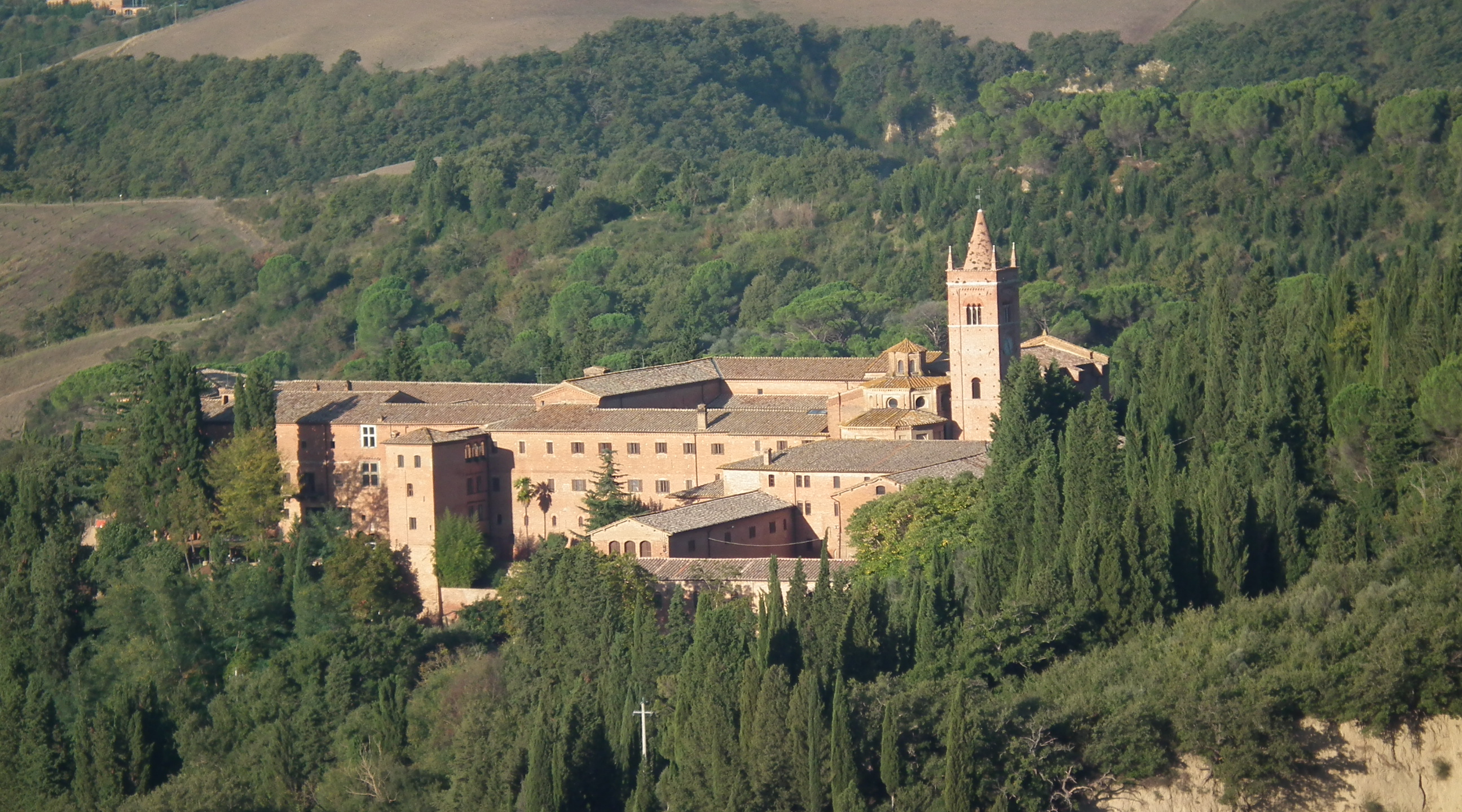When you visit these Italian monasteries, you can eat as monks have eaten for centuries.
Lenten Campaign 2025
This content is free of charge, as are all our articles.
Support us with a donation that is tax-deductible and enable us to continue to reach millions of readers.
Italian monasteries are famous for their stunning architecture, their contemplative atmosphere and for carrying on some of the most long-standing food traditions in the country. From Trentino, in northern Italy, all the way down to Sicily, here is a list of the monastic complexes where you can eat like a monk.
1. Monastery of Santa Scholastica, Latium
Nestled along the cliffs bordering the pristine Aniene Valley, just a few miles from Rome, the Benedictine Monastery of St. Scholastica, also known as Subiaco Abbey, is the only surviving monastery of the 12 monasteries founded by Benedictines during the Middle Ages.
Built in the 8th century and expanded over the following centuries, it features elements of Gothic and Romanesque architecture, including a Gothic style refectory on the west wing of the cloister. For the past 500 years Benedictine monks have been diligently working to turn fresh produce from the monastery’s vegetable garden into gastronomic delicacies. From deep-fried zucchini flowers stuffed with ricotta to pasta with fresh mushrooms and peas and ham filled with pistachios, Santa Scholastica is a trove of gastronomic treasures.
The monastery is open to the public. You can spend the night or visit the refectory to enjoy one of the Benedictine recipes prepared by monks. To book visits, send an email to [email protected].
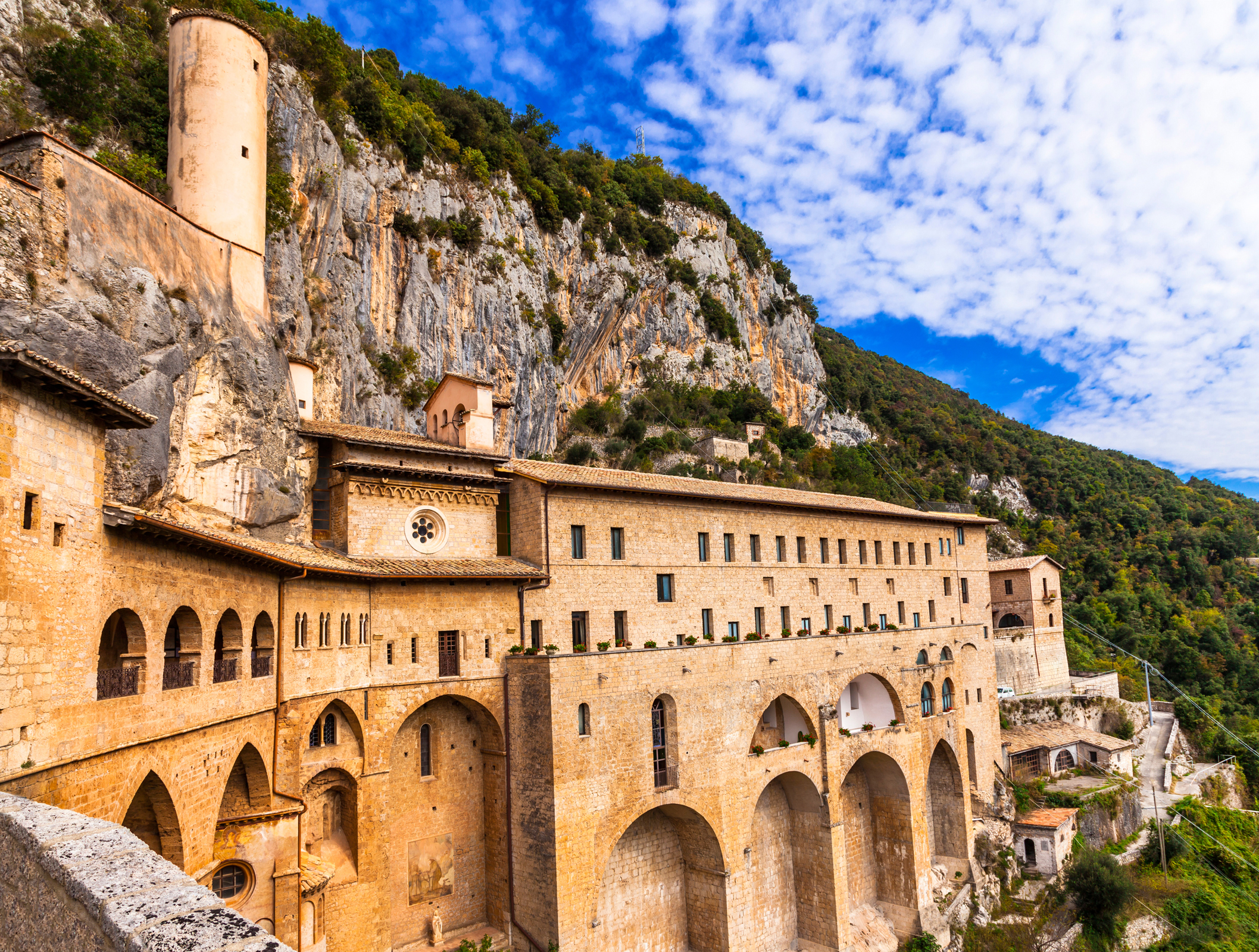
2. Abbey of the Holy Spirit, Caltanissetta, Sicily
Built in the 12th century by order of Count Roger I of Sicily, the Abbey of the Holy Spirit is one of the finest examples of Norman architecture on the island. It attracts thousands of visitors each year for its fine architecture, its rich collection of art including a mosaic of Christ, and its famous selection of delicious treats. Thanks to the dedication of Cistercian nuns, an order that spun off from the Benedictine order, the abbey has been the backdrop of many innovative Sicilian desserts. From the “pistachio cous cous” (a sweet and crunchy crumble made of pistachios, almonds, cinnamon and chocolate) to “buccellato ai fichi” (a swirled pastry filled with dried figs and chocolate), the Abbey of the Holy Spirit’s desserts rival that of any local pastry shop.
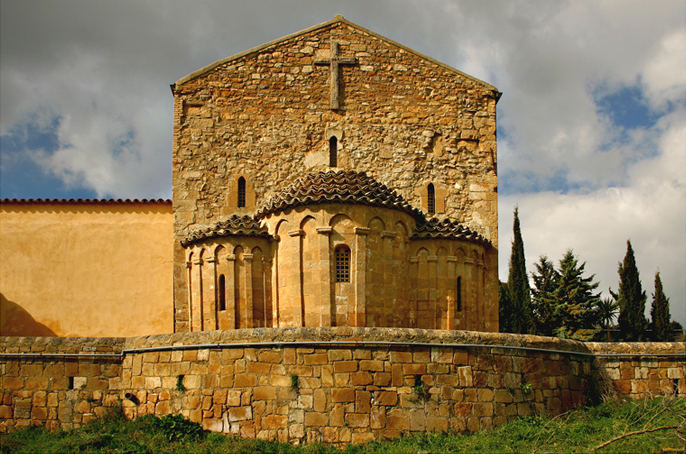
3. Novacella Abbey, Tyrol
Founded in 1142 by the Bishop of Brixen, the Blessed Hartmann, as an Augustinian monastery, Novacella Abbey is located in Tyrol, the northernmost wine producing region in Italy. Thanks to its rich mineral soil, this area is known all around the world for the production of fine white wines such as Sylvaner and Müller Thurgau, and Novacella’s monks are some of the longest standing wine producers. Visitors can ask to step inside the beautifully preserved medieval cellar to taste white wine, pomace brandy and cider paired with monk-produced cold cuts and cheese. During winter, the monastery is also known for its oat soup, a recipe first created by Augustinian monks in the Middle Ages.
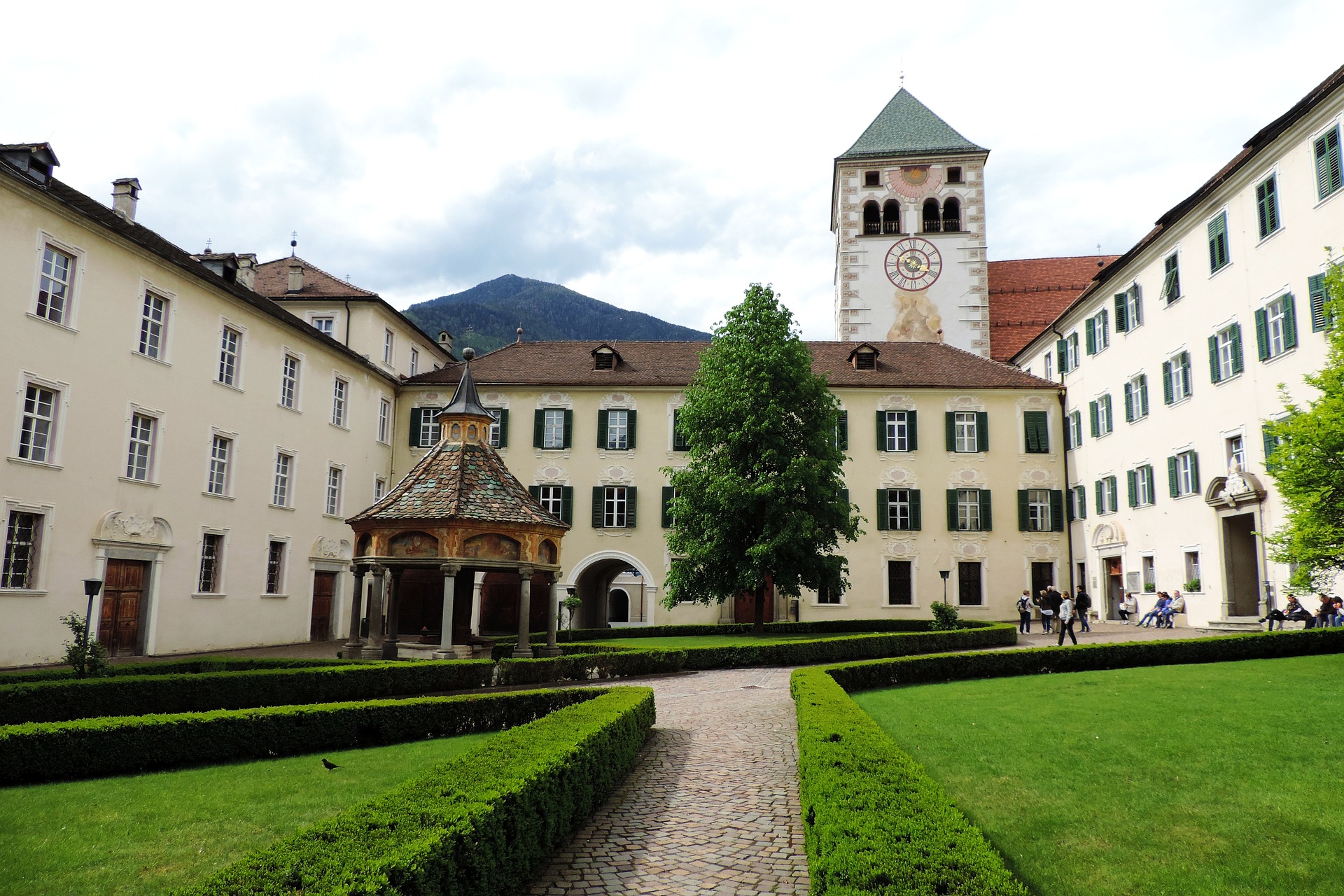
4. Monastero di Santa Caterina, Latium
Located some 43 miles northeast of Rome, the Benedictine Monastery of St. Catherine of Alexandria has been producing some of the finest regional dishes since it was inaugurated in 1327. Today, Benedictine nuns still follow those same culinary practices started by their ancestors some 700 years ago. From pasta all’amatriciana made with tomatoes grown in the monastery’s vegetable garden, to lentil soup and lamb stew, visitors are guarantee to enjoy the full breadth of northern Latium cuisine prepared in the monastery’s medieval kitchen.
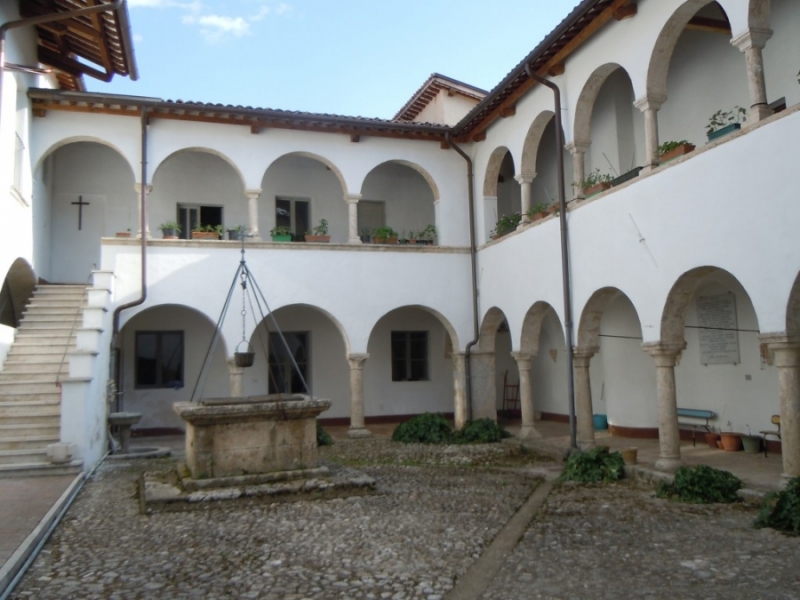
5. Abbey of St. Mary of Monte Oliveto, Siena, Tuscany
Just a few miles from Siena lies the picturesque Abbey of St. Mary of Mount Oliveto, founded by Benedictine monks in 1300. St. Benedict was in fact very devoted to the Blessed Mother and devised white tunics for Monte Oliveto monks in her honor. He was also known for promoting manual labor, including agriculture, as a way to fortify the soul and express gratitude for the gifts of God. That’s why local monks have long been engaged in a vast array of agricultural activities from winemaking to olive milling and truffle hunting. Visitors to the majestic complex can enjoy a full meal made entirely with monastery-grown foods while admiring the vaulted roof and 17th-century frescoes that adorn its refectory. One of the most beloved monastic recipes is called “Flower of Monte Oliveto,” an herbal liquor prepared with more than 23 local herbs according to a recipe that has been passed from the monastery’s founding fathers.
